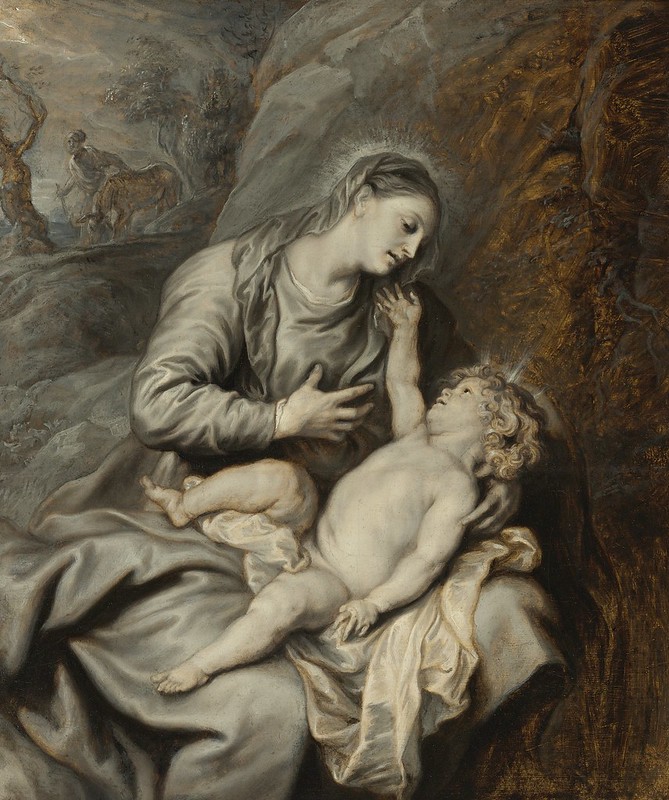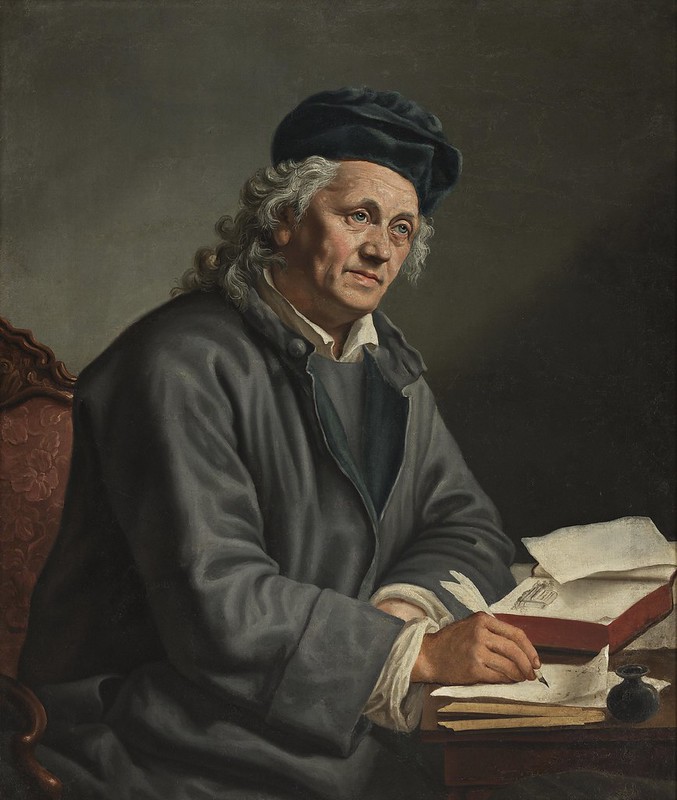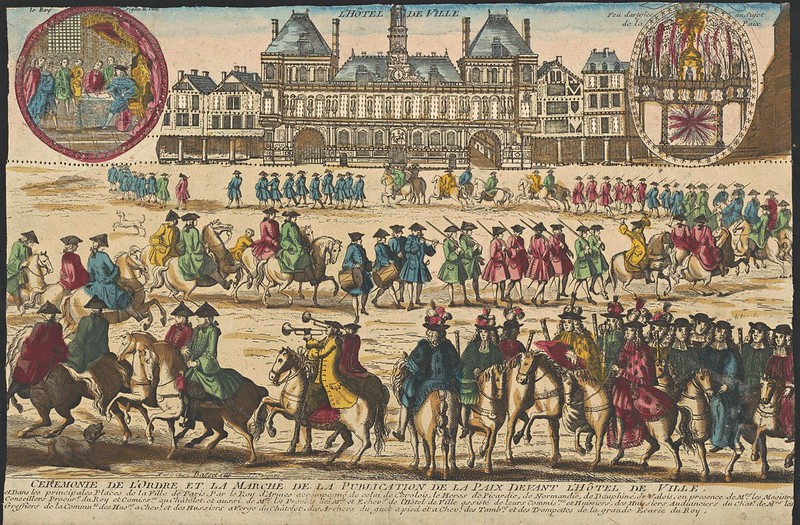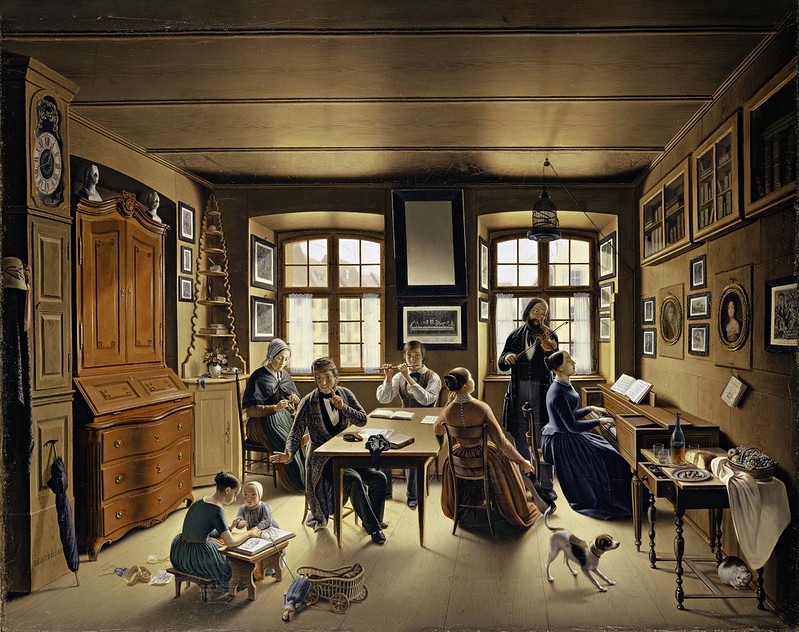Johann Carl Christian Fischer (c.1733-1800)
- Symphonie (C-Dur) mit acht obligaten Pauken (c.1780)
Performers: Dresden Philharmonic Chamber Orchestra; Alеxandеr Pеtеr (conductor)
Further info: Virtuoso Timpani Concertos
---
German oboist and composer. According to Burney he was ‘brought up at
one of the common reading schools … where all the children learn music,
with reading and writing, as a thing of course’ and learnt to play the
violin. He first turned to the oboe ‘in sport’ but found that ‘he could
express his feelings better with the reed than the bow’ and went to
study with Alessandro Besozzi. He performed Besozzi’s G major Oboe
Concerto in Warsaw in 1757 and at around the same time he composed a
flute concerto and two oboe concertos. From 1760 Fischer was a member of
the Kapelle of Augustus III, King of Poland, in Dresden; following the
dissolution of the Kapelle in 1764 he travelled to Berlin and joined the
court of Frederick the Great, whose flute playing he accompanied,
presumably on a keyboard instrument, for four hours a day for a month.
Later that year he travelled to Mannheim and performed at the Concert
Spirituel in Paris (with sensational reviews), and in 1765 he was in The
Hague, where he was heard by the Mozart family. After visits to Germany
and Italy he was for a short time a member of the Dresden opera
orchestra (1766) and once more at the court of Frederick the Great in
Berlin (1767). After further travels through France and the Netherlands,
he arrived in London. His first concert there, on 2 June 1768, is
notable for including the first solo public performance, by J.C. Bach,
on the newly invented piano. Fischer was soon engaged to perform a
concerto every night at Vauxhall Gardens and, according to Burney, such
was his playing that the Drury Lane oboist John Parke ‘used to quit his
post, and forfeit half his night’s salary in order to run to Vauxhall to
hear him’.
In 1774 he joined Queen Charlotte’s chamber group, alongside his
compatriots J.C. Bach and Abel, although his formal appointment did not
take place until 1780. He performed at the Bach-Abel concerts where,
according to Burney, only Fischer ‘was allowed to compose for himself,
and in a style so new and fanciful, that in point of invention, as well
as tone, taste, expression, and neatness of execution, his piece was
always regarded as one of the highest treats of the night, and heard
with proportionate rapture’. Fischer remained in London for the rest of
his life, with just a few trips abroad, including concert tours to
Dublin in 1771 and 1776. In 1780 he married Thomas Gainsborough’s elder
daughter Mary, to the painter’s chagrin and with only his grudging
approval (seeillustration): the marriage was short-lived. His
performance at the Handel Commemoration in 1784 was highly praised by
George III, and in 1786 he left London for a tour of Europe, accompanied
by the great Mannheim oboist Friedrich Ramm. Mozart heard him playing
again in Vienna in 1787: his negative criticisms of Fischer’s
performance are in stark contrast to the otherwise universal praise.
Fischer remained active as a performer for the following 14 years. He
died (according to Burney) after suffering an apoplectic fit while
performing to the royal family. On his deathbed he bequeathed all his
manuscripts to the king. These manuscripts preserve cadenzas and
elaborations for several of the early concertos, as well as two
unpublished concertos.
















